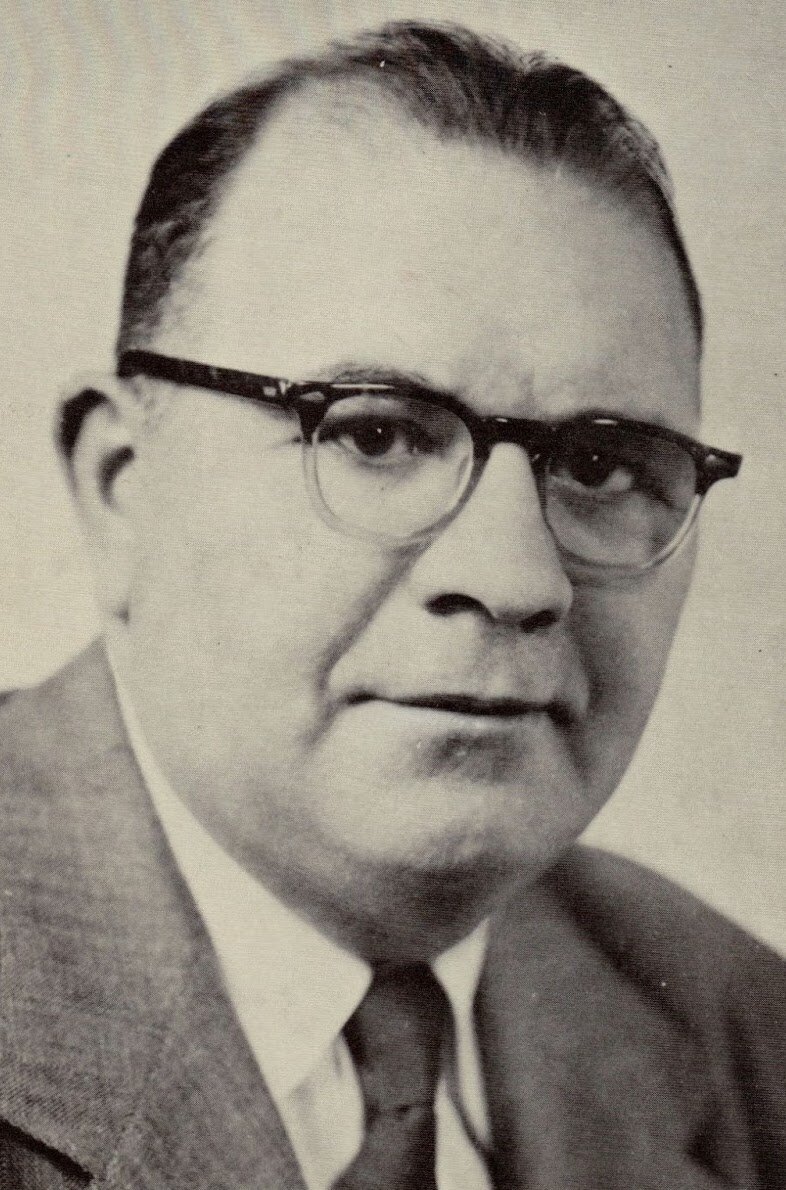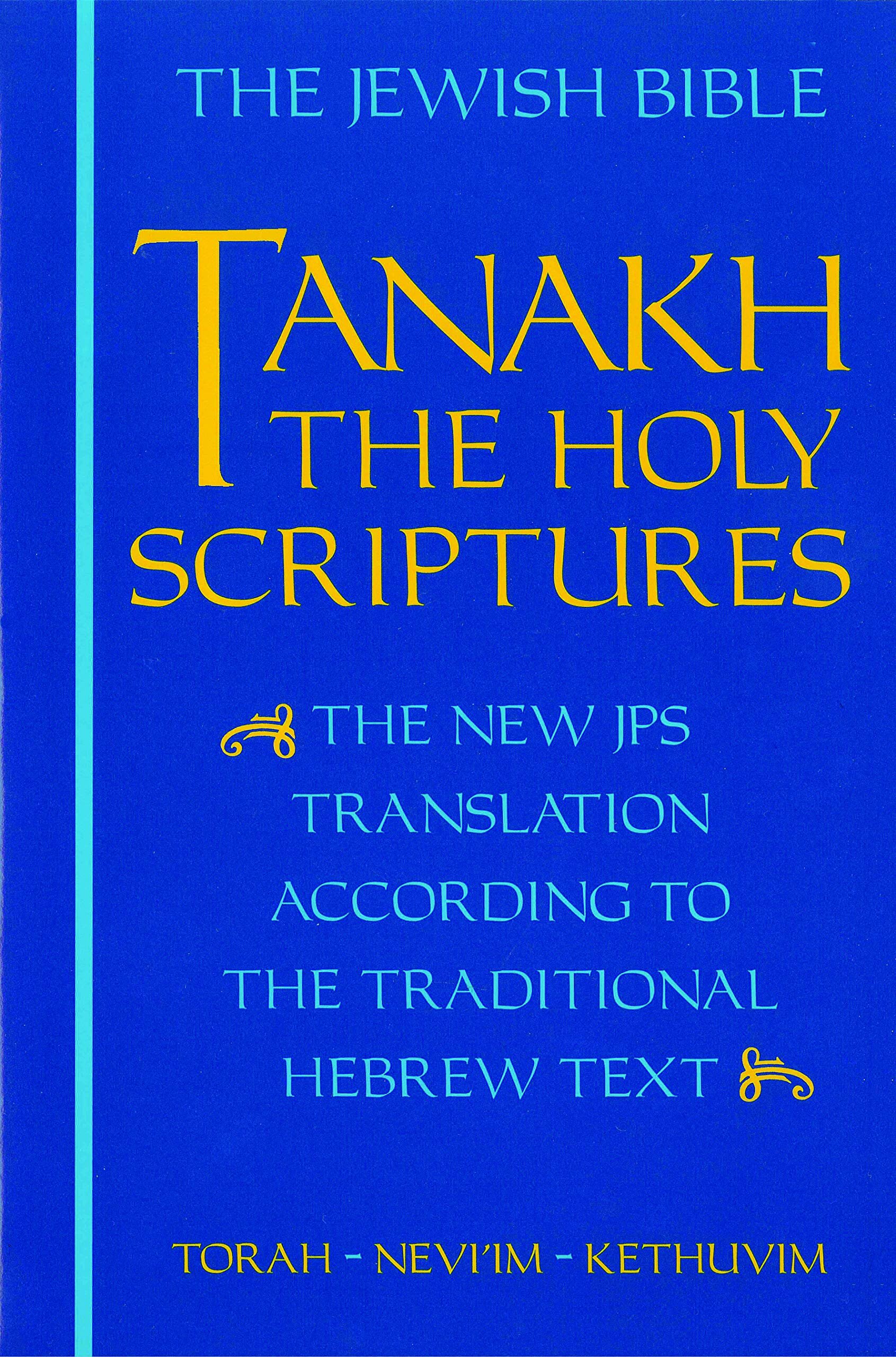In the undergraduate course I teach on the Christian tradition, my first unit is on Christianity’s Jewish foundations. The students, who are mostly from Christian backgrounds, are surprised to learn that Jews and Christians read Hebrew Scripture differently.
The Christian name for the Hebrew Bible, the “Old Testament,” signals the difference. It’s like a giant prism that refracts Hebrew Scripture through the lens of the New Testament, reinterpreting Jewish texts as prophecies of Christ.
Within a Christian liturgical context, these reinterpretations make sense: Old Testament texts can function as literary types (images or figures) that foreshadow Christ. But to go beyond this and claim that the original writers actually had Christ in mind is to do historical violence to Hebrew Scripture.
A wonderful new guide to what the disputed texts meant in their original Jewish context is Amy-Jill Levine and Marc Zvi Brettler’s The Bible With and Without Jesus: How Jews and Christians Read the Same Stories Differently (HarperOne, 2020).
Their book got me to thinking about an earlier scholar of the Jewish-Christian divergence: Harry Meyer Orlinsky (1908-1992), longtime professor at the Hebrew Union College–Jewish Institute of Religion in New York City.
Born in Owen Sound, Ontario, Orlinsky was trained at the Dropsie College for Hebrew and Cognate Learning, the nation’s first Ph.D.-granting institution dedicated to Judaic studies, where his mentors included Max Margolis, the editor-in-chief of the 1917 Jewish Publication Society (JPS) translation of the Bible. Orlinsky also completed postdoctoral studies with a Christian scholar, the prominent biblical archaeologist William Foxwell Albright, at Johns Hopkins.
Orlinsky eventually succeeded Margolis as a leader of the JPS translation, serving as editor-in-chief of the Pentateuch for the revised edition, Tanakh, published in 1985.
But Orlinksy’s biggest claim to fame was as the first Jew in the English-speaking world to serve on a major Christian Bible translation project, the Revised Standard Version (1952), sponsored by the National Council of Churches.
The RSV Bible raised the ire of conservative Protestants for its translation of Isaiah 7:14, the alleged prophecy of the virgin birth of Christ. Where the King James Bible (1611) had read, “Behold, a virgin shall conceive, and bear a son, and shall call his name Immanuel,” the RSV changed “virgin” to “young woman.”
On linguistic grounds, the RSV’s rendering is unassailable. The underlying Hebrew word is ‘almah, which means simply a young woman; the Hebrew word for virgin (betulah) does not appear here. (Orlinksy’s JPS Tanakh goes a step further and translates the verse in the present tense: “Look, the young woman is with child and about to give birth to a son”—a grammatically sound reading similar to that in two Catholic translations, the NJB and NABRE.)
But to conservative Protestants in 1952, the substitution of “young woman” for “virgin” seemed to destroy one of the key proof texts of Christ’s miraculous birth. Some blamed Orlinsky, who became the target of vicious anti-Semitic attacks. Fundamentalist firebrand Gerald Winrod denounced the committee’s “modernism” as the “bastard offspring of Talmudism” and castigated the National Council of Churches for allowing “Jewish rabbis” to participate in projects such as the RSV. The Churches of Christ preacher Foy E. Wallace, Jr., maligned Orlinsky as a “hostile infidel Jew” who harbored “bitter hatred for Christ and Christians.”
I recount the controversy in my In Discordance with the Scriptures: American Protestant Battles over Translating the Bible (Oxford, 1999). More recently, I was reminded of Orlinsky when I ran across a copy of his 1964 Goldenson Lecture at HUC-JIR, “The So-Called ‘Suffering Servant’ in Isaiah 53.”
There he tackles another disputed text between Jews and Christians, Isaiah 53, which speaks of a servant figure who was “wounded for our transgressions” and “bruised for our iniquities,” passages Christians have long interpreted as references to the passion of Christ.
Whereas Orlinsky tried to stay above the fray over Isaiah 7:14, on Isaiah 53 he was more combative, rejecting any suggestion that the chapter referred to the sort of vicarious atonement Christians associated with Christ’s death. (Jewish interpreters disagree on the actual identity of the servant: some see him as representing the Jewish people; Orlinsky believed it was the prophet referring to himself.)
Orlinsky’s lecture includes this memorable observation: “[H]istory is full of the supercommentary of eisegesis grafted upon the original exegesis which differed from it altogether.” It is the job of the historian, he wrote, to remove the “layers and crust” and try to discern an author’s original meaning.
To call Christian interpretation of Isaiah 7:14 and Isaiah 53 “eisegesis” (a reading of something into the text rather than out of, or exegesis) is not to say it’s wrong in a liturgical context. But Christians can preserve their liturgical use of the traditional “virgin” at Christmas and the “Suffering Servant” in Lent even while admitting the truth of Orlinsky’s statement.
Only by acknowledging that the Hebrew Bible and the Old Testament are different books can Jews and Christians move on to deeper understanding of each other.
© 2021 by Peter J. Thuesen. All rights reserved
Bibliographical Note
Orlinsky’s 1964 lecture appears as The So-Called “Suffering Servant” in Isaiah 53 (Cincinnati: Hebrew Union College Press, 1964).

